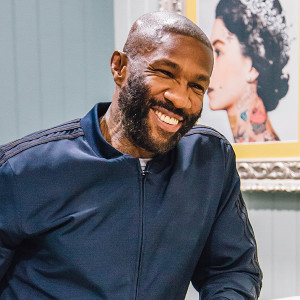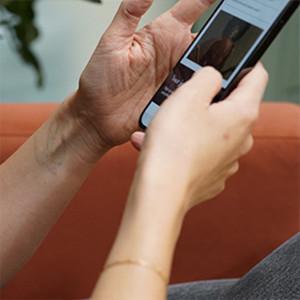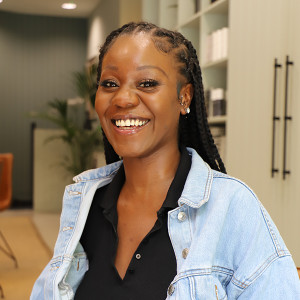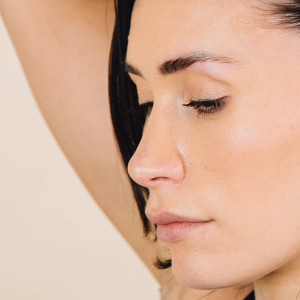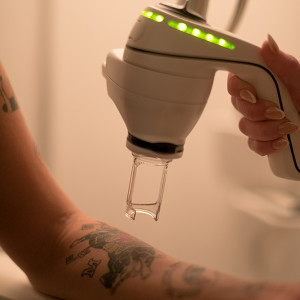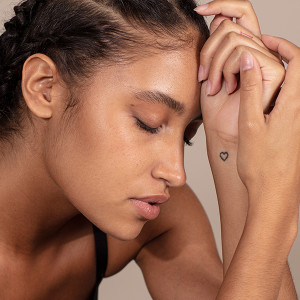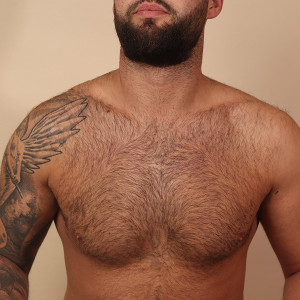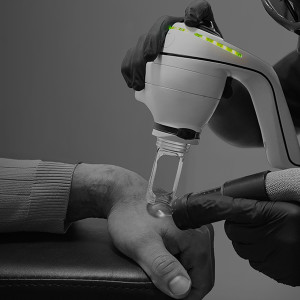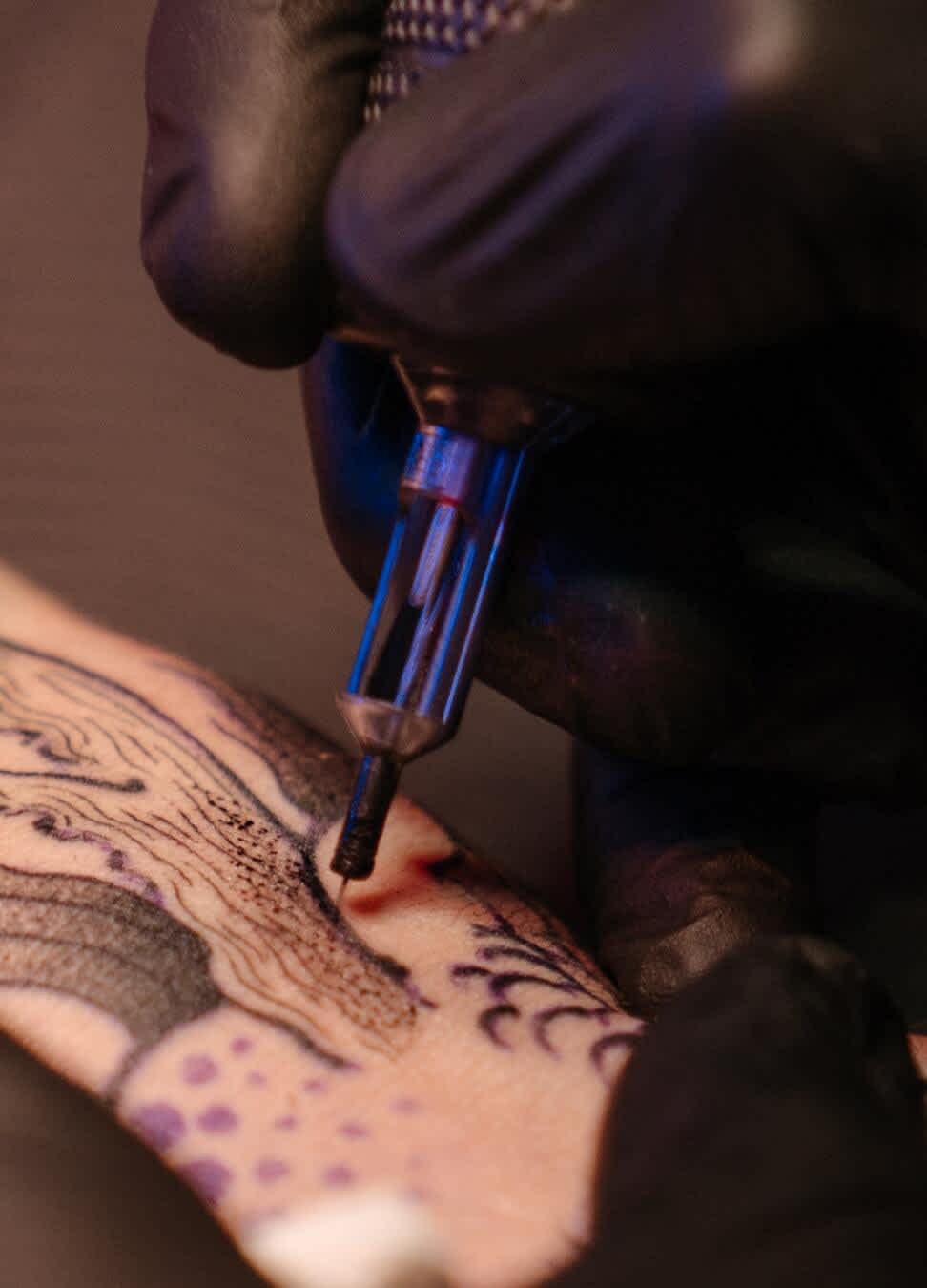
INTRODUCTION
Nowadays, individualism has become more prevalent than ever in tattoo culture.
More people are investing the time and money required to get high-quality, intricate, and original artwork. Generally it’s accepted that we’re becoming increasingly individualistic as people – for a lot of reasons – and this goes a long way to explain the seemingly unbounded explosion of popularity in body art. It’s a highly visible, personal and unique way for people to communicate exactly who we are as individuals. Our stories, values, beliefs, experiences, political and spiritual beliefs – the list goes on.
Publish Date in article
The Samoans, and many other traditional communities, saw having a tattoo as an important process rather than a possession.
The whole body was tattooed at once, and it was rarely supplemented. By contrast, the modern tattoo enthusiast tends to view them as an expanding collection that creates permanent markers of important moments in an individual's life.” Living in an increasingly globalised society has led to a “pluralisation of society,” according to Professor Nicholas Thomas, Director of the Museum of Archeology and Anthropology at Cambridge University. “People are no longer simply British or Australian or Californian," he says. "Our identities are far more particular, linked to our interests, affinities to cultural or spiritual traditions, tastes in music, and subcultural allegiances. The tattoo has become a vehicle for that sort of particular identification." Our bodies, it seems, are something we increasingly see as something we can design. Professor Thomas explains, “Because of advances in technology and medical science, people no longer understand the body as something natural that you're born with and live with. Instead, we understand it much more as something that is changeable and mutable.”
"Body art is becoming the opposite of conformity, a sort of badge of travel, orientalism. People visit places and make them parts of themselves, so that they will forever bear marks of their unique visit." "As the world opens up culturally and economically, there are fewer certainties than there ever were before, and far more multiplicity. So people are trying to invent themselves, and make it permanent." Often, he continues, people who feel that a spiritual dimension is missing in contemporary Western life may be attracted to the spiritual symbols of traditional cultures around the world, which are often "understood naively in terms of spirituality."
Publish Date in article
And the designs we’ve been flocking to most in the past decade?
“Geometric and watercolour tattoos are both newer innovations in the ink world that have exploded onto the scene. Both tend to be very visually appealing and saturated in vivid colours, but are hard to maintain; the lack of black outlining often causes the coloured ink to fade out more quickly, or to become blurred/ muddy. Also currently popular are micro tattoos (incredibly tiny, simple designs, most popular with women); white ink tattoos; and mandalas, which are a branch off of the Geometric style.” “Tattoo popularity continues to expand and, within the past decade, has become still more abstract and colourful. Geometric designs - a homage to sacred geography, simplicity, and minimalism - and natural symbols like stars and trees exist side-by-side to emphasise nature, calm, and a host of other potential meanings for the tattoo-wearer.” “Watercolour tattoos have also allowed for both more realism and a heightened sense of fantasy, depending on how they're used. Some tattoos resemble paintings. Others blend traditional and conceptual images, with the skin serving as a canvas for blended shades and hues.”
Publish Date in article
In the world of hip hop, tattoos have exploded in popularity – a trend that’s clearly noticeable in many of the world’s stars.
Rapper Rick Ross has over 100 tattoos covering almost every surface of his body – including Biggie’s face on his back. Heavyweight boxer Mike Tyson’s tribal face tattoo was highly controversial. Facial tattoos were pretty shocking at the time, and it’s said he got the tattoo in order to avoid a fight with Lennox Lewis (which went ahead anyway). Nicki Minaj got her Chinese lettering tattoo in the nineties (of course) which she later regretted, but she added a new ‘Barbie’ tattoo in 2018. ”Throughout her career she associated herself with the Barbies as a symbol of female power. To her, the line of dolls represents how perfection can come in so many different forms. She told Wonderland “I feel like Barbie is great because it doesn’t only focus on beauty – you have Barbies that work, they have tons of different jobs now. And they come in different shades, which I love, and different hairstyles. So I think that they’ve gotten to the point where they’re making girls feel like it’s OK not to look like or be like the traditional Barbie.”
Publish Date in article
“The tattoo world is different from any other art form,” says Cartoon. “In every other style of art, especially graffiti, if you take somebody’s style, you’re a biter, you stole it. With tattooing, you can borrow anybody’s artwork and put it on as a tattoo because you don’t sign them – it’s all borrowed, inspired by other cultures and artists and combined with the tattoo artist’s own style.”
